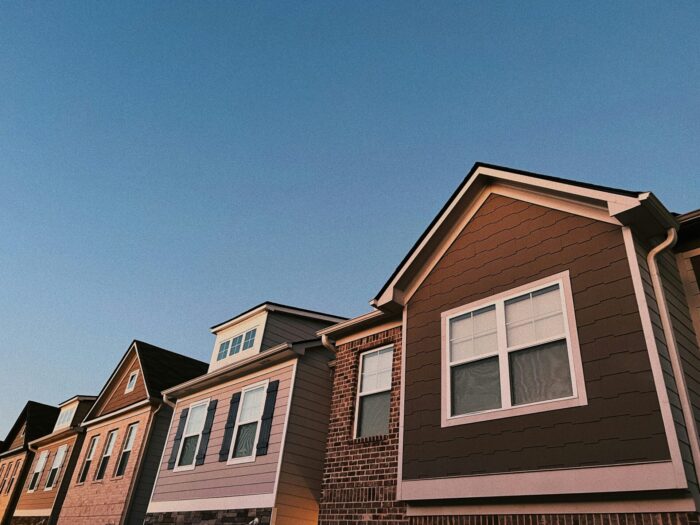
If you’ve been on a hunt for a new house or if you simply know anything about the housing market in the U.S., you know it’s currently facing major challenges. North Carolina, unfortunately, is not an exception here. Prices are skyrocketing, and finding affordable housing is getting really hard to find. In cities like Charlotte, Raleigh, and Asheville, there has been a particularly sharp increase in housing costs, and many are struggling to find a place that fits their budget.
The solution? Well, tiny homes could be it. They’re smaller, cheaper, and they’ve been getting more popular recently. Of course, so many people are still set in their ways, and tiny homes aren’t exactly what you would call mainstream. At least not yet.
So, is North Carolina’s housing market ready for a shift toward tiny living?
Can Tiny Homes Be the Solution to North Carolina’s Housing Crisis?
Everywhere you look, housing prices are going up. Paychecks, however, aren’t. This means that, while many people dream of having their own home, that dream is slipping out of their reach because there’s simply no way to afford it. Tiny homes are an affordable alternative to traditional homes, and they fit a wide variety of living situations.
A tiny home can be a permanent residence, it can be a vacation home, or even an office. They’re incredibly versatile and can easily be adapted to fit anybody’s needs. If you’re a young professional in, say, Charlotte, a tiny home is a chance to downsize and live more affordably in places where housing costs are escalating.
Retirees are also looking at tiny homes because they want simpler, smaller living spaces, especially in peaceful, rural areas where life is slower and more flexible. And let’s not forget that working from home is more common than ever, and with a tiny home, you can work from a home that’s placed in nature or in a quiet area in general, all without compromising comfort or mobility.
But affordability is not the only reason why tiny homes are so great – they’re also more sustainable than their traditional counterparts. The smaller the home, the less energy it uses, it needs fewer resources, and it makes a smaller environmental footprint. They’re a greener, more efficient option that is in line with the growing interest in minimalism and eco-friendly living.
Challenges to the Tiny Home Movement in North Carolina
You can’t argue with the fact that tiny homes, including park model homes, are an exciting solution to the housing crisis. However, it’s not all sunshine and rainbows because there are several challenges that could slow down the entire thing. Let’s take a closer look at them.
1. Issues with Zoning and Regulations
This is one of the biggest problems – restrictive zoning and building regulations in North Carolina. A lot of local governments have codes that aren’t made with tiny homes in mind, so it’s hard to place them and live in them legally. According to these rules, houses have to be of a certain size, and tiny homes are just too small.
The rules are even stricter in cities. In rural areas, they’re a bit more flexible, but tiny homes still face challenges with land use and which category they fall into. Plus, tiny homes are mostly seen as temporary or mobile, which makes everything even more difficult.
2. Cultural Acceptance and Perception
The way people see tiny homes is also problematic. People often don’t think of them as “good enough” or they see them as something people live in because they can’t afford a regular house. There are even those that think of them as a passing trend. This attitude makes it pretty hard for tiny homes to be accepted as a long-term living solution.
The fact is, tiny homes can be just as comfortable and functional as larger ones, and it’s high time people realized that.
3. Problems with Infrastructure
Tiny homes also have issues with infrastructure, especially outside of cities. A lot of rural areas don’t have water, sewage, and electricity systems that are needed to make tiny homes work. Without these services, it’s almost impossible to set up tiny homes in a way that makes them comfortable and safe.
But even in cities, where there’s no problems with utilities, there might not be enough space or resources for a lot of tiny homes to be placed in one area.
Conclusion
So, to answer the question of whether North Carolina is ready for a tiny home revolution – there’s potential. That’s really the only answer anyone can give at the moment. Tiny homes are affordable, eco-friendly, and exciting, but there’s still a long way to go before they’re seen as the norm.
However, even with these bumps in the road, if people would keep an open mind and get creative, there would be a lot fewer 40-year mortgages out there and a lot more vacations, fun experiences, and all that stuff you would do if a mortgage didn’t eat half of your paycheck.



